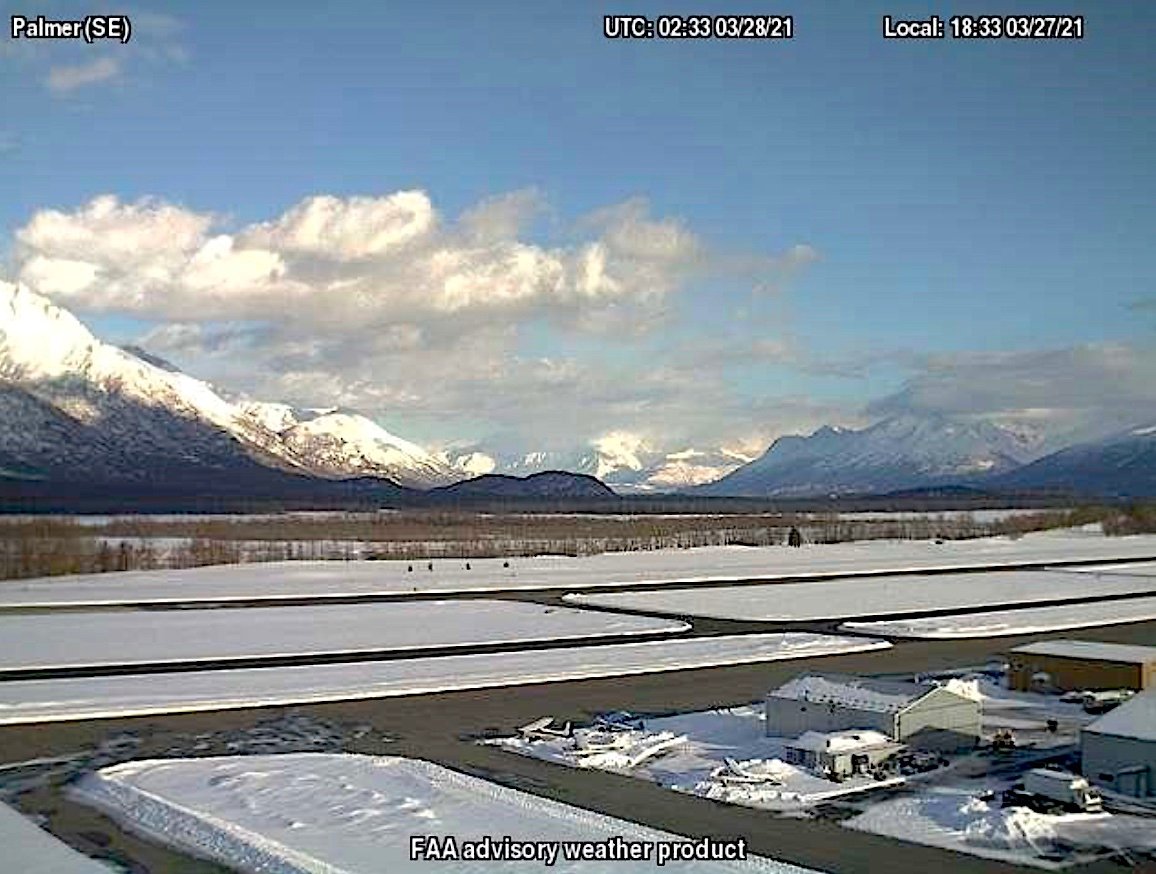
Soloy Helicopters operated the accident helicopter under contract to Tordrillo Mountain Lodge.
When safety investigators tried to find out who or what was responsible for the delay in beginning the search for the downed ski-tour helicopter, they must have felt like they were pulling on a string that would not end. Instead of a clear chain of command, operational control was diffused to multiple parties. The first person they spoke with was the guide who had initially expressed concern about lost communication with the accident aircraft. It turned out that he did not work for either Soloy, the flight’s operator, or Tordrillo Mountain Lodge, the heli-ski tour organizer.
There were multiple heli-ski guide outfits operating in the mountains north and east of Anchorage. The hospitality company owners, the guides and the helicopter company owners all knew each other and had a “gentleman’s agreement” to monitor each other’s flights. Each of the guide companies had their own tracking devices linked to their guides, but none of them had FAA authority to control a helicopter flight.
It was Soloy Helicopters, a Part 135 operator, that had the responsibility for flight locating. But its director of operations (DO) said he had delegated locating responsibility to the guide company. Of all the people who were concerned about the non-responsive helicopter, the DO was the one most out of the loop. He expected Tordrillo Mountain Lodge, the guide company, to initiate an emergency response, but the owner of that company was uncertain about what happened and hesitated to act.
Soloy did not have written authority from the FAA to delegate its flight-locating responsibilities to anyone else. Any such delegation, if approved, would have to be stated in the company’s Operations Specifications (Ops Spec A008). It was not there. One of the main purposes of 14 CFR Part 135.77, “Operational Control,” and Part 135.79, “Flight Locating Requirements,” is to prevent mixups like the one that happened at Soloy Helicopters.
Another string the NTSB had to pull was why the FAA principal operations inspector (POI) had not been aware of Soloy’s unauthorized delegation of its flight-locating authority. She also had not caught shortcomings in Soloy’s flight check ride profile. She may have failed to question Soloy’s practices because she had been chief pilot there in 2013 and did not consider the company to be a risky operator. In fact, she said: “Soloy is one of my best operators. They’re very receptive and forthcoming in our relationship.”
Conclusions and Comments

The NTSB determined that due to deficiencies in Soloy’s training program and Part 135 check rides, it is likely the accident pilot did not meet the qualification standards to be in command of the fatal flight.
The safety board’s primary probable cause was “the pilot’s failure to adequately respond to an encounter with white-out conditions, which resulted in the helicopter’s collision with terrain.” Two contributing causes were “the operator’s inadequate training program and pilot competency checks,” and “the FAA POI’s insufficient oversight of the operator.” The board added that delayed notification of search-and-rescue organizations contributed to the severity of the surviving passenger’s injuries.
One of the unique factors that affects helicopter operators in Alaska is the vast distances they must travel to service some of their contracts. Oil drilling and mining sites, for example, are located far from operators’ bases. A helicopter might be contracted to operate for a week somewhere on the North Slope. It makes sense to have someone at the location maintain a company flight plan and be ready to alert search-and-rescue when an aircraft is overdue. But the helicopter operator would have to maintain tight control of the process, and it would have to be approved by the FAA.
Throughout the accident interviews and the report, people used the terms “flight following” and “flight locating” interchangeably. However, flight locating is the only term applicable to Part 135. Paraphrasing 135.79, it means: the operator must provide at least as much information as would be provided in an FAA VFR flight plan; the operator must provide timely notification to FAA or search-and-rescue organizations when an aircraft is overdue or missing; and the operator must provide the location, date and estimated time for a flight to check in if it is in a remote area.
Flight locating does not require the use of flight-tracking devices. It seems that the presence of GPS and satellite communications devices went beyond the regulatory language. Many Part 135 operators now have trackers like Spidertracks or Garmin inReach, and they have begun to use the term flight-following to refer to the tracking they do with these devices.
In its report, the NTSB said the term “flight follower” referred to personnel who perform various flight-support duties. The term may also be confused with VFR flight following, a service provided by air traffic control to VFR flights. It is called the Radar Traffic Information Service, and it is described in Paragraph 4-1-15 of the Aeronautical Information Manual.
There is an added concern to be mentioned in this case. Despite the NTSB’s findings, Soloy is considered by many in Alaska to be one of the most reputable helicopter operators in the state. Based on the interview with its safety manager, the company has an extensive voluntary safety management system (SMS) and has been through multiple audits. It seems odd that the SMS did not catch the training and checking deficiencies the NTSB found, and that the unapproved system of delegating flight locating did not come to the attention of company or FAA officials before the accident.
It seems that despite the promise of SMS, “reactive” methods like accident investigations are still needed to ensure system safety.





